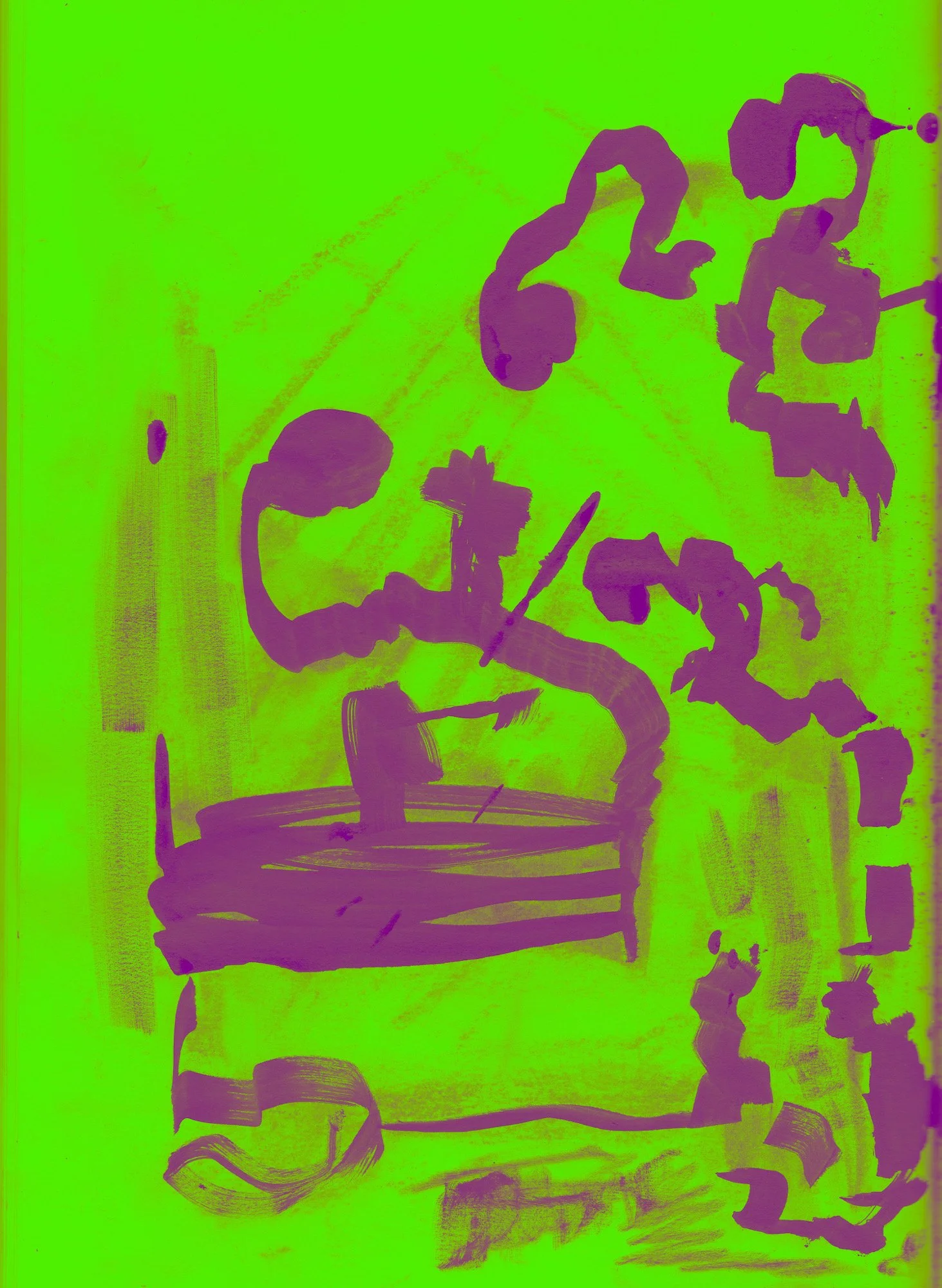
EXCAVATING
A creative project that draws on pre-history, archaeological sites, sculpture, sound, and installation is currently underway. An exhibition is set for January 2023.
Cresswell Crags- Rebecca H. Sutton.
The cave is a wet living underbelly, cool damp air in the cold blooded guts of the earth. Shining stalactites, stalagmites, and helictites feather the enclosed space like intestinal villi.
Digest me and the will to be consumed.
Liquid secretions drip above, onto our skin from the hard crystal villi.
Observe
The cave and our selves
Find, without disturbing the found.
The guide leads us down the sunken path single file, snaking with strangers in front and behind, into this dark confined space, she calls the drips calcite kisses.
iphones zoom in on protruding stalactites emerging from the floor, thick and glistening, dimly lit by electric lights. An iridescent white 5-inch stalagmite, ridged with a perfectly curved bulging head, fills the frame of the glowing screen and is posted online. Each hollow cove in the cave is dramatically lit; a museum of artefacts, ornamental miniatures.
But not relics, they’re present and slippery.
The calcite kisses form the stalagmites and stalactites, they grow at a rate of 10 centimetres per 1000 years. The process starts above ground with every drop of water trickling down through the limestone rock containing carbonic gas. Its acidity dissolves limestone. When the water finds the roof of the cave
the mechanism is reversed and the carbonic gas is released because of the change in pressure and temperature in the cave. Calcium carbonates in the water are deposited as calcite crystals.
For the stalactites to form the calcium carbonate laced water runs downwards from a central canal in the roof of the cave, the water flows on the on the outside of the stalactite becoming thicker and longer, the water deposits its calcite the moment it falls.
Stalagmites form when the water dripping down from the roof and other stalactites contain enough carbonates so that when they fall to the ground the calcite deposits in a ring, wider than the stalactites above them, as they spread on the ground. The calcium carbonate precipitates into the limestone and the water is absorbed into the stone again delicate rings of calcite are left that build-up forming a small bump and then concretion, that gradually grows upwards.
A concretion is a hard compact mass of matter formed by the precipitation of mineral cement within the spaces between particles found in sedimentary rock or the body. The latin etymology of the word means 'grow together'. When a stalactite and stalagmite develop above each other they occasionally meet and form a stalagmitic column becoming thicker and coalesce together.
The calcite formations are coloured milky white like teeth, some yellowed and creamy. Remember feeling the ridges and jagged terrain of teeth inside another's mouth, the slippery underside of their tongue, circling the oh of their lips.
‘Your bones contain blood vessels, nerve cells and living bone cells known as osteocytes. These are held together by a framework of hard, non-living material containing calcium and phosphorous. A thin membrane called the periosteum covers the surface of your bones. The nonliving material of bone consists of an organic component called collagen, and an inorganic mineral component in the form of rod-shaped crystals. These crystals are arranged parallel with the long axes of collagen fibre bundles and lie in voids within the bundles themselves, living and nonliving knitted and laced together.’
The calcium and phosphate in bones and crystalline calcium phosphate in teeth are described as inorganic non-living material when surrounded by flesh. Calcite is a polymorph of calcium carbonate, we share these minerals between us and the cave; flesh and stone. The mineral becomes transmutable and amorphous crossing from non-living to living; language alchemy. It is the cycle of continually depositing mineral calcite that declares the cave living. The living cave out lives our soft bodies, but when the collagen proteins in our bones decompose the minerals will stay, in tandem with the cave.
The desire to be consumed by another, to metamorphosize into something other, to disappear, to relinquish, to be made whole is seductive because of its danger; to lose autonomy and selfhood. What is the self but an eternal present of changing shifting selves and cells.
The calcite kisses form opposing limbs, taking centuries to reach each other until they touch, bond,
and fuse.
Columns
Support structures
Bridges
Internal architecture
The hollow cave, fills.
the cave as lover
the cave as the lovers mouth
the cave as my mouth
the cave as a body
any body
a body
whole
hole
This space, dark and cold in the Earth's belly, aroused the desire to be consumed by another, but the cave is self-fulfilling, the matter that forms and fuses itself is all the same; calcite on calcite, teeth on teeth, bone on bone, part of the same whole, water from the same source carrying the calcite reabsorbed into the stone, cyclically renewing continually and eternally.
The desire to be consumed by or consume another transforms into the desire to heal, grow and connect the disparate parts of ourselves, opposing stalagmite and stalactites fusing into strong internal columns.